The Air Force
Way of War
THE
AIR FORCE
WAY OF WAR
U.S. Tactics and Training
after Vietnam
BRIAN D. LASLIE

Due to variations in the technical specifications of different electronic
reading devices, some elements of this ebook may not appear
as they do in the print edition. Readers are encouraged
to experiment with user settings for optimum results.
Copyright 2015 by The University Press of Kentucky
Scholarly publisher for the Commonwealth,
serving Bellarmine University, Berea College, Centre College of Kentucky,
Eastern Kentucky University, The Filson Historical Society, Georgetown
College, Kentucky Historical Society, Kentucky State University, Morehead
State University, Murray State University, Northern Kentucky University,
Transylvania University, University of Kentucky, University of Louisville,
and Western Kentucky University.
All rights reserved.
Editorial and Sales Offices: The University Press of Kentucky
663 South Limestone Street, Lexington, Kentucky 40508-4008
www.kentuckypress.com
Library of Congress Cataloging-in-Publication Data
Laslie, Brian D.
The Air Force way of war : U.S. tactics and training after Vietnam / Brian D.
Laslie.
pages cm
Includes bibliographical references and index.
ISBN 978-0-8131-6059-7 (hardcover : alk. paper)
ISBN 978-0-8131-6086-3 (pdf) ISBN 978-0-8131-6085-6 (epub)
1. Air warfareHistory. 2. Air pilots, MilitaryTraining ofUnited StatesHistory. 3. Flight trainingUnited StatesHistory. 4. United States. Air ForceOfficersTraining ofHistory. 5. War gamesUnited States. 6. Air powerUnited StatesCase studies. I. Title.
UG630.L386 2015
358.4120973dc23
2015003607
This book is printed on acid-free paper meeting the requirements of the American National Standard for Permanence in Paper for Printed Library Materials.

Manufactured in the United States of America.
 Member of the Association of American University Presses
Member of the Association of American University Presses
For Heather,
without whom none of this would have been possible,
and for Savannah and Aspen,
who make it all worthwhile.
Contents
Preface
The four-ship of F-15C Eagles raced across the sky at thirty thousand feet. The flight lead, call sign Death-1, focused on his radar, looking for enemy aircraft he knew were in the vicinity. He also knew those enemy aircraft were looking for him. His F-15s were spread abreast of each other in a tactical wall formation, and they swept ahead of a strike package that stretched out fifty miles behind them. Death-1 flights mission was to engage and destroy any aircraft and ensure that the strike package could get to its target unmolested. Each F-15 carried a standard conventional load of both AIM-120 AMRAAM missiles for beyond-visual-range targets and AIM-9 heat-seeking missiles and 940 rounds of twenty-millimeter Gatling gun ammunition.
Four bogey contacts popped up on the flight leads radar picture. These aircraft flew in a classic enemy box formation but were apparently unaware of the F-15s. Death-1 queried the nearby E-3 airborne warning and control system (AWACS) aircraft orbiting nearby to see if it had detected the bogeys. AWACS confirmed the rogue contacts and began a long-range electronic identification. After AWACS confirmed the F-15s onboard sensors, the bogeys became bandits. Death-1 recalled the rules of engagement for todays mission as he watched the bandits enter the no-fly zone. The bandits had just become hostile, and an air-to-air engagement was necessary. Death-1 directed his four-ship to commit on the enemy formation. They lit their afterburners and climbed into the contrails, accelerating well past Mach 1.0.
Once the wall of F-15s reached firing range, each pilot doublechecked his radar lock, looking for subtle cues of a bad lock. He deliberately depressed the missile pickle switch on the stick grip, the most important button among the six multiaxis buttons on the stick grip. The tactical fight frequency rang out with calls from individual F-15s as they communicated their shots. Death-1, Fox-3, 2 Ship, Bullseye 090-45, eighteen thousand! By watching the missile countdown in the heads-up displays (HUD), the Eagle pilots knew exactly how long it would take the AMRAAMs to reach their targets.
The Eagles split into two elements, floating their formation nearly ten miles apart in an attempt to outbracket the enemy formation. As Death-1 watched the countdown timer in his HUD reach fifteen seconds to impact, he noticed two pinhead-sized dots on the horizon below him. Those were the enemy aircraft about to meet their fate from his AMRAAMs. Death-1 watched the countdown timer reach two seconds remaining as he transmitted on the tactical frequency, Death-1, Kill 2-Ship, Bullseye 110-52, nineteen thousand!
A voice then responded to his call, Copy Kill. Death-1, piloted by a U.S. Air Force (USAF) captain with over one thousand hours of flight time in the F-15, hadnt really killed anyone. No missile had left the rails, and no enemy aircraft had really been shot down. Yet the maneuvers of the aircraft and the tactics used had all been very real. The entire mission was part of an exercise conducted on the Nellis test and training ranges outside Las Vegas, Nevada, as part of a Red Flag exercise.
After the Vietnam War, the air force made significant changes to training methods, leading to better tactics and doctrine. These changes came in the form of new training exercises, most notably Red Flag, the creation of dedicated squadrons teaching combat tactics used by prospective enemies, and in the opportunity for a select few fighter pilots to train against actual enemy aircraft. This new training, which greatly increased the realism of the exercises, also accepted an increased level of risk.
This transformation in training better prepared pilots for combat in the 1990s. The changes in training, primarily inside the Tactical Air Command (TAC), combined with technological advances not only changed the way the air force waged war but also overturned traditional theories of air power. In the decade after American involvement in Vietnam had ended, the separation between strategic and tactical uses of air power gradually disappeared; roles and missions combined. As technology and training blended, the need for separate strategic and tactical commands diminished. It took nearly twenty years for the idea of eliminating the two commands to mature and come to fruition.
Although some authors, including air force historian C. R. Anderegg,
The training changes that occurred in the air force initially shifted the services way of war from a strategic concept to a tactical one, but this was replaced by what may be called simply theater air war as roles and missions combined. It is not that the focus on strategic bombardment was wrong, at least not in the early days of the USAF. The proclivity to focus on nuclear delivery during the cold war was sensible at the time. That said, this focus on nuclear delivery did have cascading effects on the readiness of fighter pilots for combat.
The tactical fighters in service after World War II could not deliver the same battlefield effects that bombers could. This changed with the advent of jets, missile technology, and the ability to deliver munitions with precision. Furthermore, as historian Martha Byrd states in her biography,
Next page
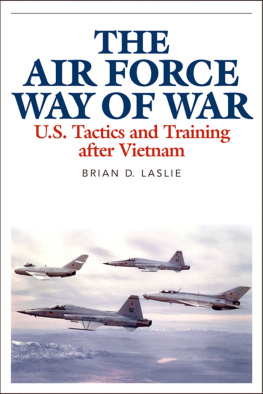
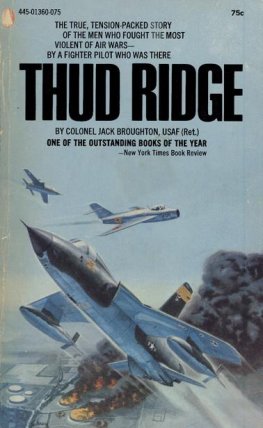

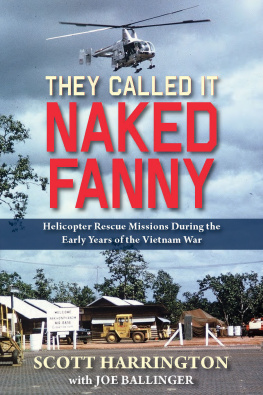
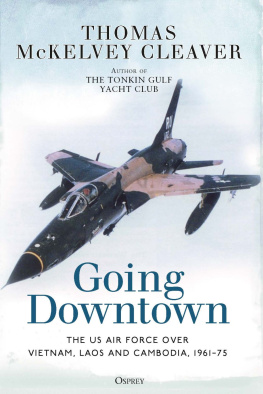
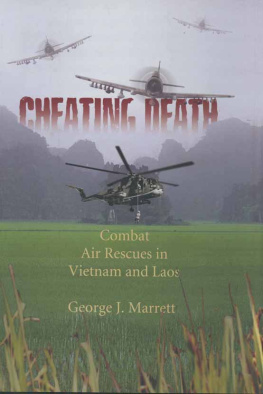
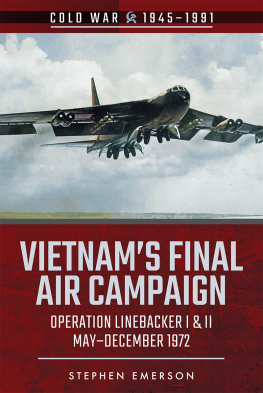
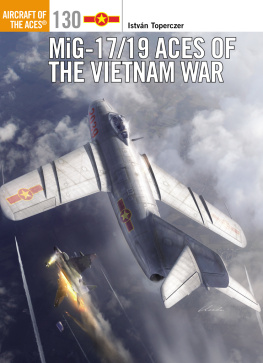
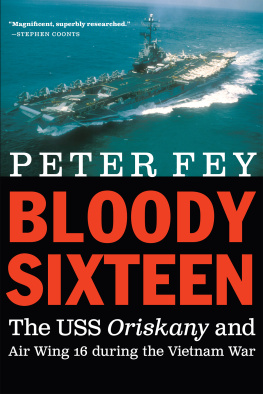
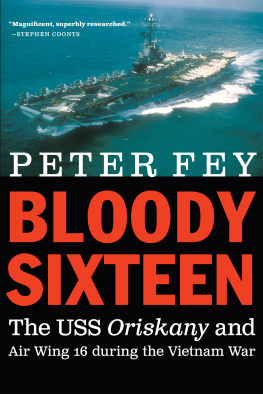
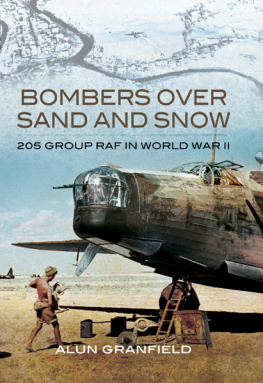
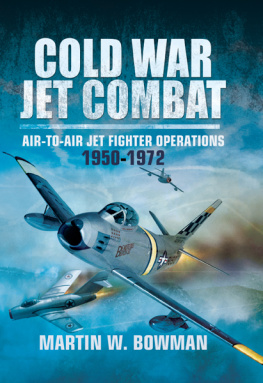
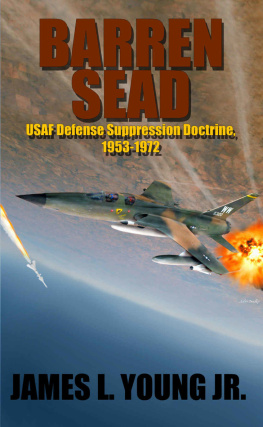


 Member of the Association of American University Presses
Member of the Association of American University Presses